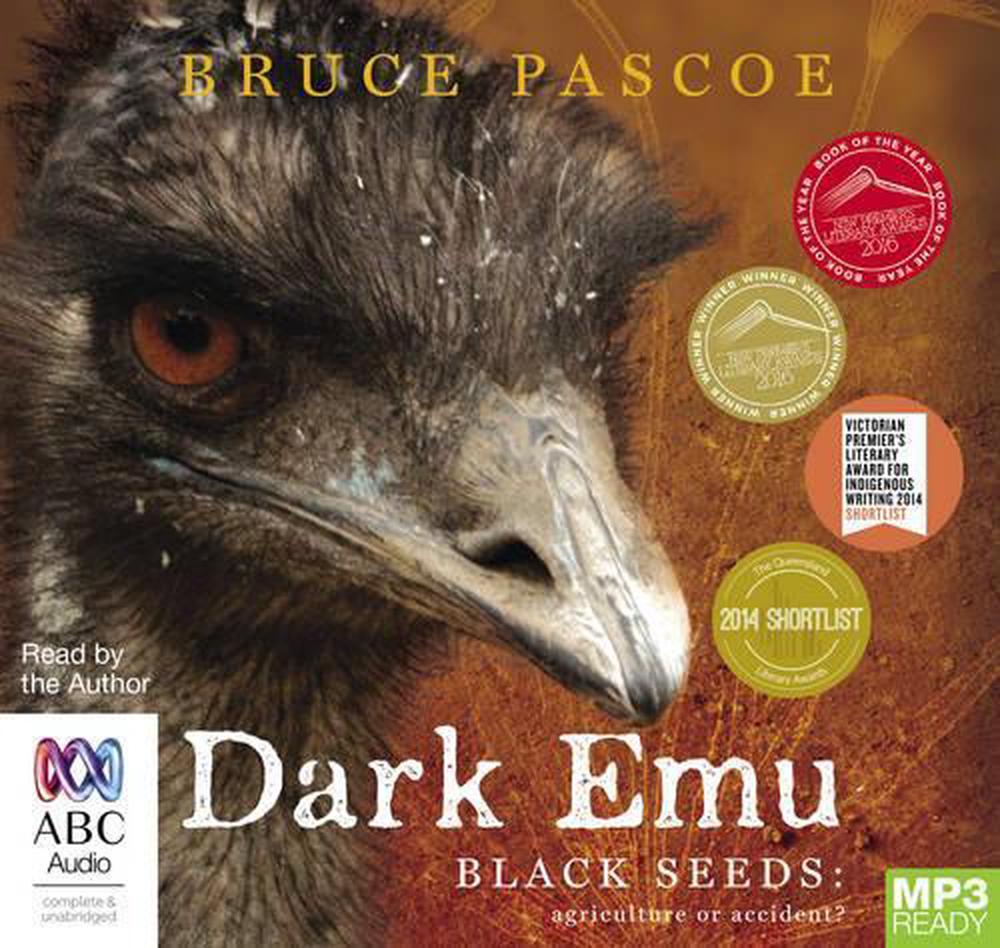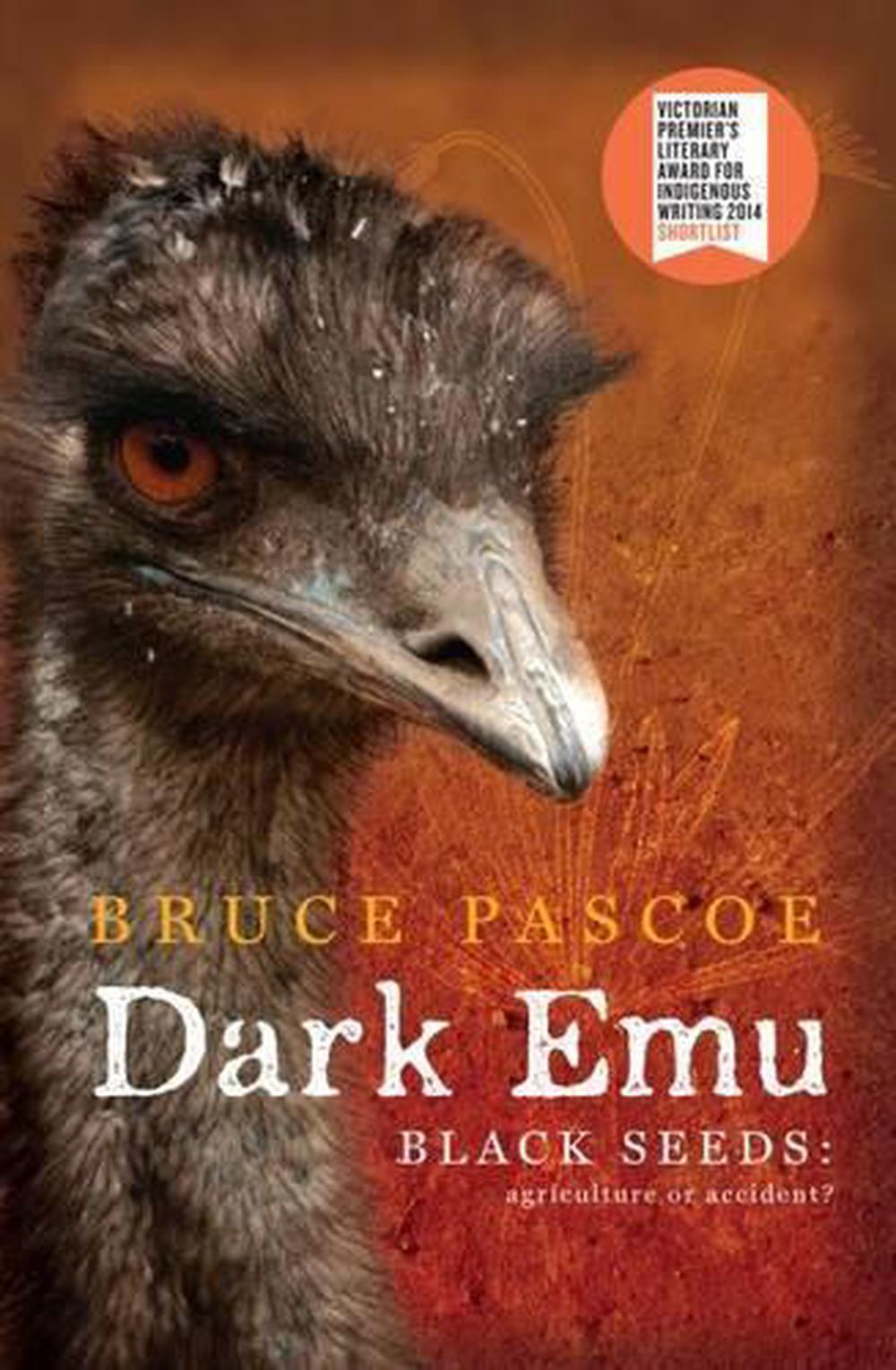
Winning the Book of the Year Award and the Indigenous Writer’s Prize in the 2016 New South Wales Premier’s Literary Awards, it expertly details what Australia looked like prior to and after the colonial invasion in 1770.

– Dr Michael Davis, Aboriginal History, December 2014, ANU.Bruce Pascoe’s book Dark Emu has received acclaim for its discussion on pre-colonisation Aboriginal culture.ĭark Emu has become one of the most noteworthy books on Aboriginal Australia history in the past few years. "his is an important book that advances a powerful argument for re-evaluating the sophistication of Aboriginal peoples’ economic and socio-political livelihoods, and calls for Australia to embrace the complexity, sophistication and innovative skills of Indigenous people into its concept of itself as a nation." – Tom Griffiths, Emeritus Professor of History at the Australian National University The popular embrace of Pascoe’s work suggests that many are keen to learn." "I’m grateful for a book that has so enlivened the engagement of Australians with their country’s history… In spite of half a century of eloquent activism and scholarship, most Australians still grossly underestimate the sophistication of Indigenous culture, technology and governance. – Tyrone Ormsby, Creative Director, City Standard "A vital piece of Australian history and should be mandatory in the national and global curriculum." "This is the most important book on Australia and should be read by every Australian." – NSW Premier's Literacy Awards Judging Panel "Essential reading for anyone who wants to understand what Australia once was, or what it might yet be if we heed the lessons of long and sophisticated human occupation."

– Richard Broome, Emeritus Professor, History, La Trobe University He has done a great service by bringing this material to students and general readers, and in such a lively and engaging fashion…I heartily recommend this book to teachers of Aboriginal studies.” “ arguments about the reality of Aboriginal agriculture, acquaculture, food storage and preservation are not new, but hitherto they have been buried in scientific papers, less accessible writings, or not pursued in such a sustained manner.


 0 kommentar(er)
0 kommentar(er)
